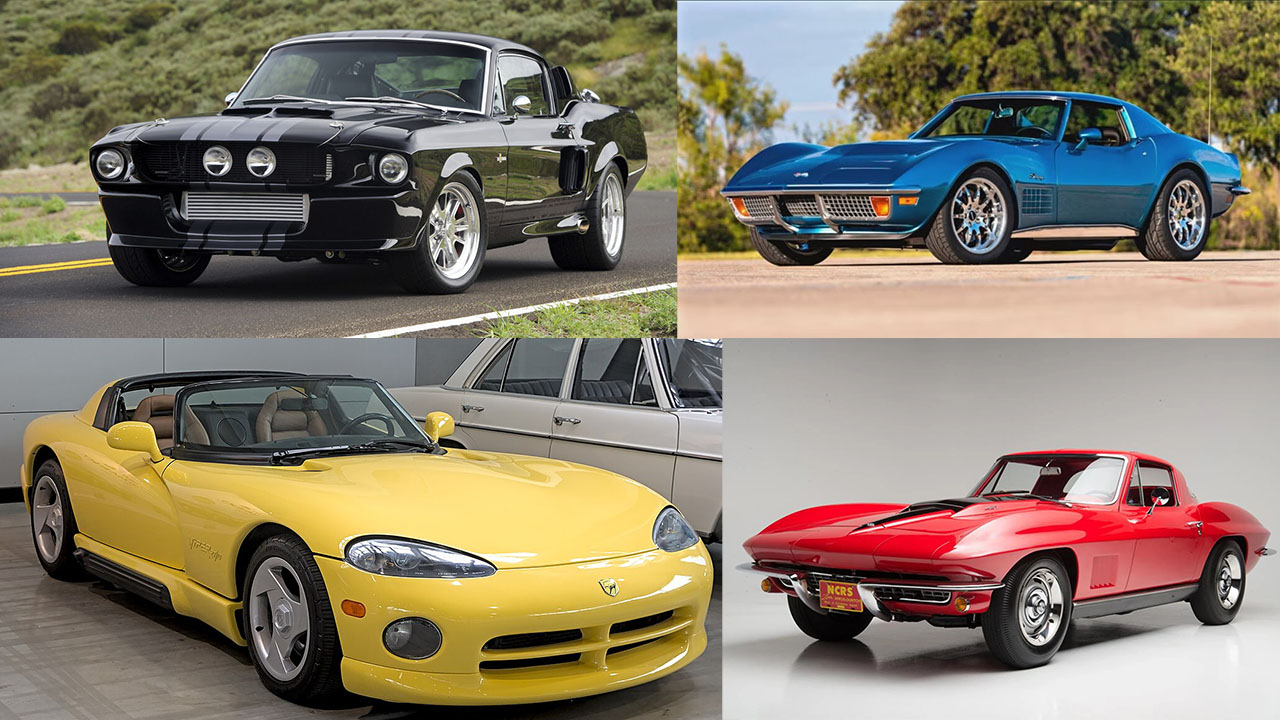Before the widespread adoption of forced induction and high-revving engines, a car’s performance potential was largely determined by its engine displacement.
This naturally brings to mind American muscle cars from the 1960s, along with high-performance models such as the Shelby Cobra and Chevrolet Corvette.
However, many tend to overlook the fact that European automakers also played a role in producing big-displacement models. Some of these European vehicles even borrowed large American V-8 engines to enhance their performance.
The term “big-block” generally refers to large-displacement American V-8 engines that feature a more robust construction compared to their smaller counterparts.
Experts explain that the primary distinction between small-block and big-block engines lies in the amount of metal separating the individual cylinder bores.
These heavy-duty powerplants are built to withstand greater levels of stress compared to small-block engines, which are designed with weight reduction in mind.
Despite their added weight, big-block engines offer increased durability and consistently deliver high performance.
These powerful, fuel-hungry beasts have been installed in numerous legendary models many of them American, but some European as well.
While the automotive world is filled with noteworthy vehicles, these 10 stand out for their significant displacement and performance, especially from the muscle car era.
To compile this list, we analyzed comprehensive performance data from the Automobile Catalog, one of the most detailed databases specializing in vehicle specifications.
It’s important to note that many of these cars were available with different final-drive ratios.
Some were geared for quick 0-60 MPH acceleration, while others were optimized for lower RPMs at cruising speeds and higher top speeds.
In each case, we selected the best available performance numbers, which were typically achieved using different differential ratios.
10. 1969 Ford Mustang BOSS 429
Top Speed: 118 MPH
To homologate their powerful 429 cubic-inch big-block V-8, Ford produced 857 units of the Mustang BOSS 429. Designed to be the ultimate version of the Mustang, this model quickly became legendary among hot rod enthusiasts.
Interestingly, while the BOSS 429 engine found motorsport success under the hood of the larger Ford Torino, it was the Mustang variant that captured widespread admiration.
Featuring hemispherical combustion chambers similar to Chrysler’s 426 Hemi, the engine’s true power output was likely underrated.
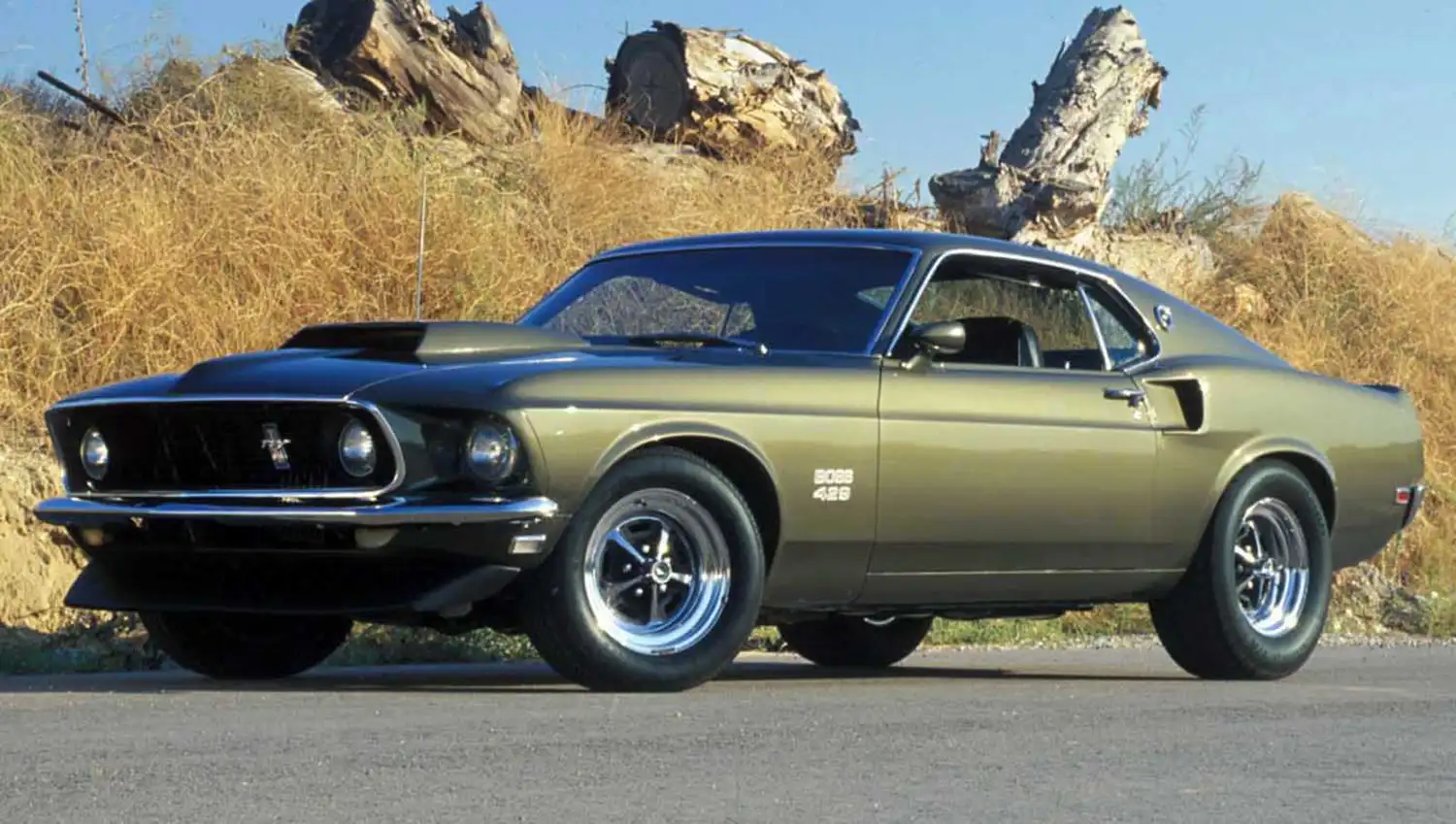
Specifications and Performance
- Engine: 7.0-liter OHV V-8
- Transmission: 4-speed manual
- Drivetrain: Front engine, RWD
- Power: 375 hp (claimed)
- Torque: 490 lb-ft
- 0-60 MPH: 5.0 seconds
- Quarter-mile time: 13.7 seconds
At the time, the 429 was Ford’s largest engine, and fitting it into the Mustang’s engine bay was a challenge. Although the BOSS 429 was relatively light at 3,503 pounds, its poor weight distribution proved to be a drawback.
Ford explored the possibility of a mid-engine version of the BOSS 429, but after evaluating the necessary modifications, the company decided that the project was not worth the investment.
Also Read: 7 Most Affordable Performance Cars for Enthusiasts
9. 1967 Ford Mustang Shelby GT500
Top Speed: 137 MPH
In 1967, Ford introduced an updated Mustang, which included a new top-tier high-performance model.
Following the success of the 1964 Shelby GT350, famed Texas tuner Carroll Shelby created a more street-friendly yet powerful version the Shelby GT500. This new variant featured a fastback body style, often referred to as the “SportsRoof.”
Specifications and Performance
- Engine: 7.0-liter OHV V-8
- Transmission: 3-speed automatic / 4-speed manual
- Drivetrain: Front engine, RWD
- Power: 355 hp (claimed)
- Torque: 420 lb-ft
- 0-60 MPH: 5.5 seconds
- Quarter-mile time: 14.0 seconds
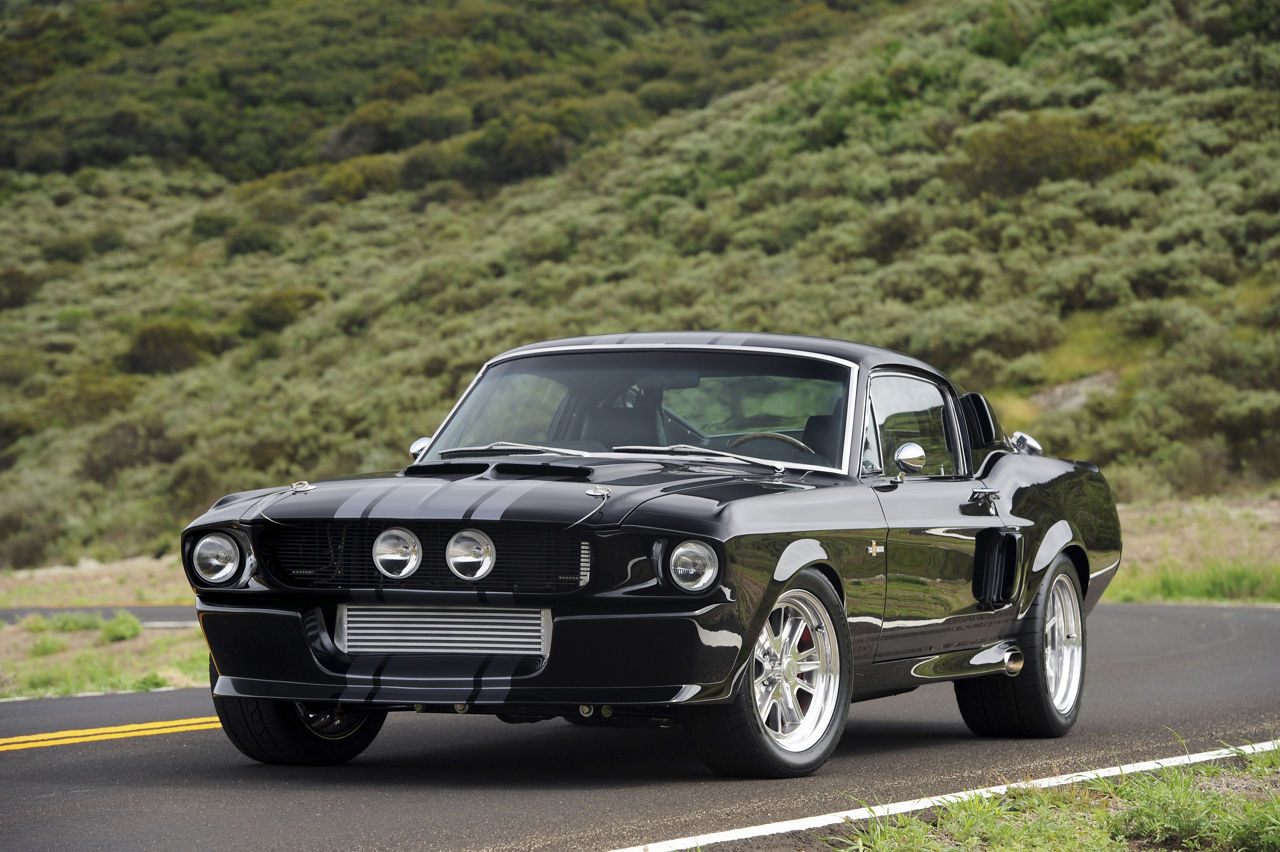
While the original Shelby GT500 came standard with a 428 cubic-inch V-8, some models eventually received the more powerful 427 side oiler the same engine found in the Shelby Cobra 427 and Ford GT40.
According to muscle car expert and V-8 TV host Kevin Oeste, many GT500s equipped with the 428 engine were driven aggressively, leading to failures that prompted a dealer-recommended upgrade to the higher-performance 427 side oiler.
Like many other legendary muscle cars, the Shelby GT500 cemented its place in pop culture through films like Gone in 60 Seconds.
Today, it remains one of the most iconic American cars with a devoted global fanbase.
8. 1968 Plymouth Roadrunner 426 Hemi
Top Speed: 142 MPH
The 1960s and 1970s gave rise to numerous legendary B-Body MOPARs. Although Plymouth was positioned below Dodge in Chrysler’s brand hierarchy, its vehicles delivered just as much muscle.
The Roadrunner stands as one of those high-performance B-Body MOPARs, equipped with serious V-8 power.
Despite being the more affordable option compared to Dodge, the Roadrunner never came with an engine smaller than 383 cubic inches.
It shared the same high-performance V-8 options as the Dodge Charger, which included the 383, 440, and the legendary 426 Hemi, often referred to as the “Hellephant” engine due to its massive size.
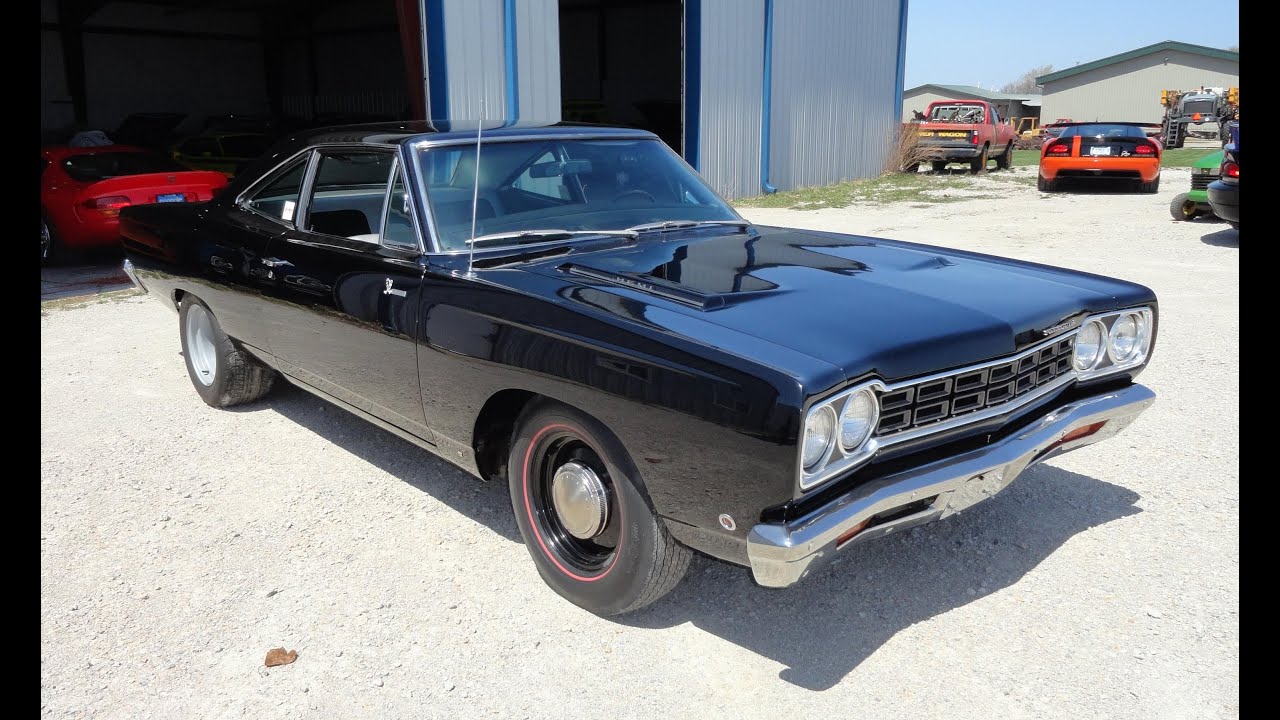
Specifications and Performance
- Engine: 7.0-liter OHV V-8
- Transmission: 3-speed automatic / 4-speed manual
- Drivetrain: Front engine, RWD
- Power: 425 hp (claimed)
- Torque: 490 lb-ft
- 0-60 MPH: 4.9 seconds
- Quarter-mile time: 13.4 seconds
As expected, the Roadrunner also shared its transmission and differential options with Dodge’s B-Body lineup, including aerodynamic models like the Plymouth Superbird.
Built with a singular purpose speed the Roadrunner was stripped of anything unnecessary for performance. This commitment to minimalism made it one of the purest muscle cars of its time, focusing entirely on raw power and acceleration.
7. 1969 Dodge Challenger R/T 426
Top Speed: 146 MPH
The Dodge Challenger holds a reputation as one of the most recognizable muscle cars, right alongside its larger sibling, the Dodge Charger.
While the two models have shared the same LX platform for nearly two decades in modern times, this was not the case in the late 1960s when both were first introduced.
The original Challenger was built on the smaller E-Body platform, whereas the Charger utilized the B-Body platform. Despite this difference, both cars featured nearly identical engine options, including Chrysler’s lineup of powerful big-block V-8s.
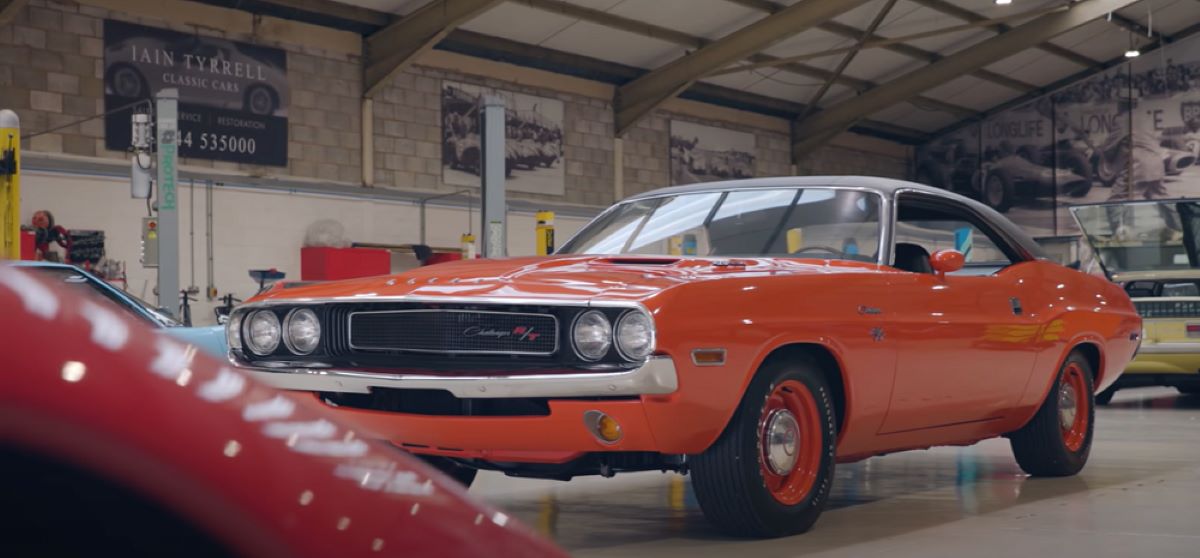
Specifications and Performance
- Engine: 7.0-liter OHV V-8
- Transmission: 3-speed automatic / 4-speed manual
- Drivetrain: Front engine, RWD
- Power: 425 hp (claimed)
- Torque: 490 lb-ft
- 0-60 MPH: 4.7 seconds
- Quarter-mile time: 12.8 seconds
As with the Charger, the 426 Street Hemi sat at the top of the Challenger’s engine lineup with virtually no modifications.
Within the muscle car community, it is widely acknowledged that the 426 cubic-inch, race-bred Hemi was underrated in official specifications.
In reality, this powerhouse was capable of producing anywhere from 470 to 500 horsepower.
Thanks to its smaller size and lower weight, the Challenger R/T 426 was the more agile MOPAR, further cementing its reputation as a true muscle car icon.
Its legendary status was only amplified by its presence in Hollywood, particularly in films like Vanishing Point.
Adding to its mystique, the Dodge Challenger became the vehicle of choice for the infamous street racer known as the Black Ghost, further solidifying its place in muscle car history.
6. 1970 Chevrolet Corvette Stingray 454 LS7
Top Speed: 155 MPH
When people hear “Big-block 454 V-8,” they often think of the Chevy Chevelle SS.
However, during this time, the Corvette’s most powerful engine option was supposed to be the L88 427, which was, in many ways, a race-spec engine adapted for a car that was only marginally street-friendly.
Specifications and Performance
- Engine: 7.4-liter OHV V-8
- Transmission: 3-speed automatic / 4-speed manual
- Drivetrain: Front engine, RWD
- Power: 460 hp
- Torque: 490 lb-ft
- 0-60 MPH: 4.5 seconds
- Quarter-mile time: 13.2 seconds
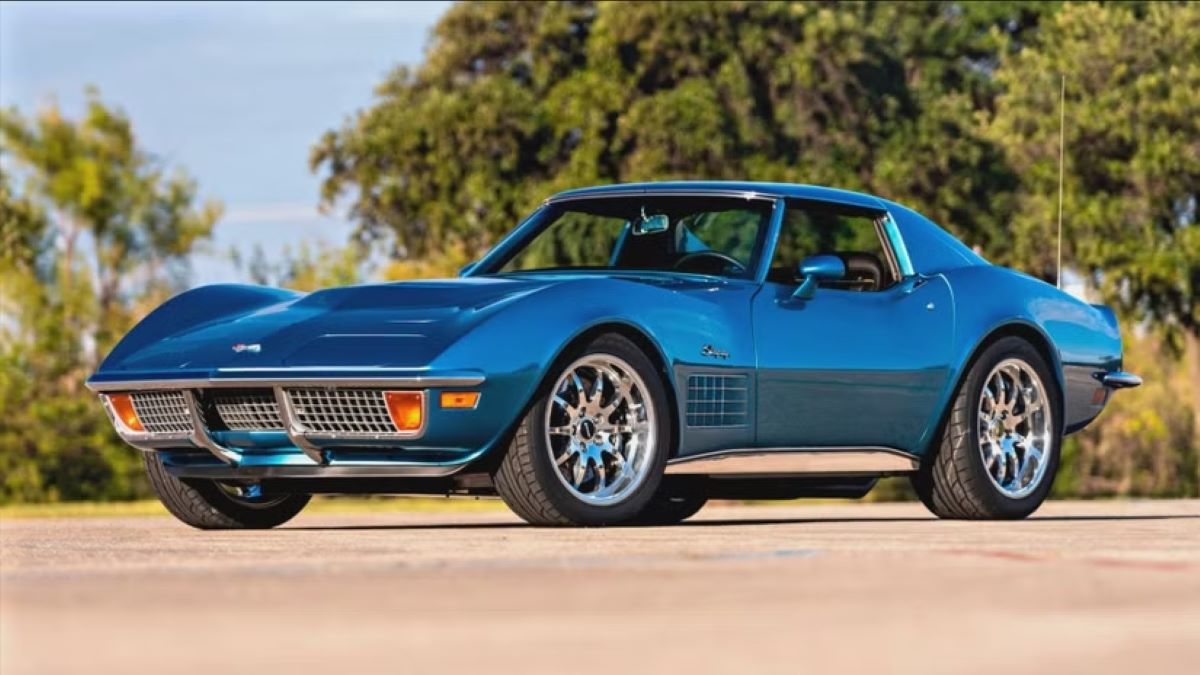
Some muscle car enthusiasts may point out that the LS6 454 Big-block became available in the C3 Corvette starting in 1971.
However, in 1970, Chevrolet developed an even rarer variant the LS7 version of the 454 which produced more power than the LS6 Chevelles.
Only one LS7 Corvette 454 was built in 1970, making it a virtually unknown piece of automotive history.
To this day, the 454 Big-block remains the largest production engine ever installed in a Corvette, aside from the even wilder 572 cubic-inch C3 Corvette Sportwagon.
5. 1968 Dodge Charger R/T 426 Hemi
Top Speed: 156 MPH
The second-generation Dodge Charger debuted in 1968 and remained in production until 1970. It stands as one of the most legendary muscle cars of its era, largely due to its powerful, large-displacement V-8 engines.
Nearly all available engine options for the Charger except the base model were V-8s, ranging from the 318 small-block to the 440 Magnum.
However, the most revered of them all was the race-bred 426 Street Hemi, which earned its title as the ultimate powerhouse.
Specifications and Performance
- Engine: 7.0-liter OHV V-8
- Transmission: 3-speed automatic / 4-speed manual
- Drivetrain: Front engine, RWD
- Power: 425 hp (claimed)
- Torque: 490 lb-ft
- 0-60 MPH: 4.7 seconds
- Quarter-mile time: 13.4 seconds
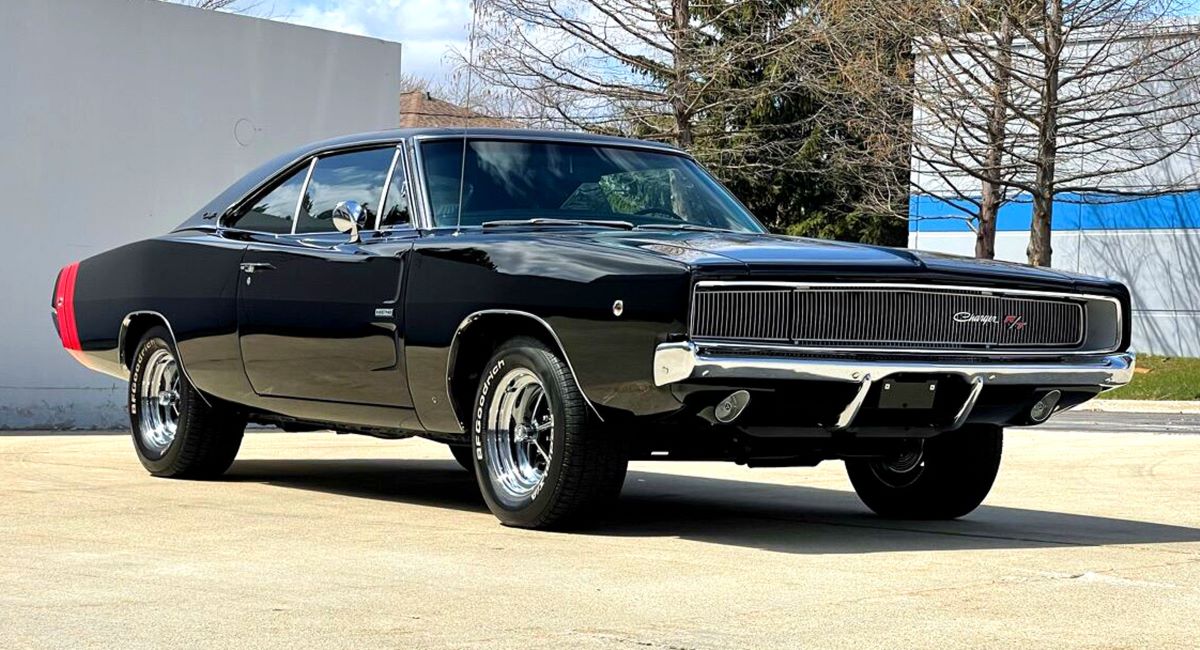
Originally developed strictly for racing in 1964, the 426 Hemi saw its first street application in the 1966 first-generation Charger.
However, it was the second-generation model that cemented the Charger’s legendary status, thanks in large part to its presence in film and television.
The car was immortalized in pop culture through appearances in The Dukes of Hazzard, Death Proof, Dirty Mary, Crazy Larry, and, of course, the increasingly fictional Fast & Furious franchise.
4. 1970 Chevrolet Chevelle SS 454
Top Speed: 162 MPH
When discussing big-block Chevy muscle cars, the Chevelle SS 454 undoubtedly stands out.
Recognized as one of the fastest muscle cars of the 1970s, the Chevelle reached its peak in 1970 when Chevrolet unveiled the LS6 variant of the 454 cubic-inch big-block V-8.
This version increased compression to 11.25:1 and was equipped with forged internals and a high-lift camshaft. In this configuration, the Chevelle truly embodied the meaning of “SS” (Super Sport).
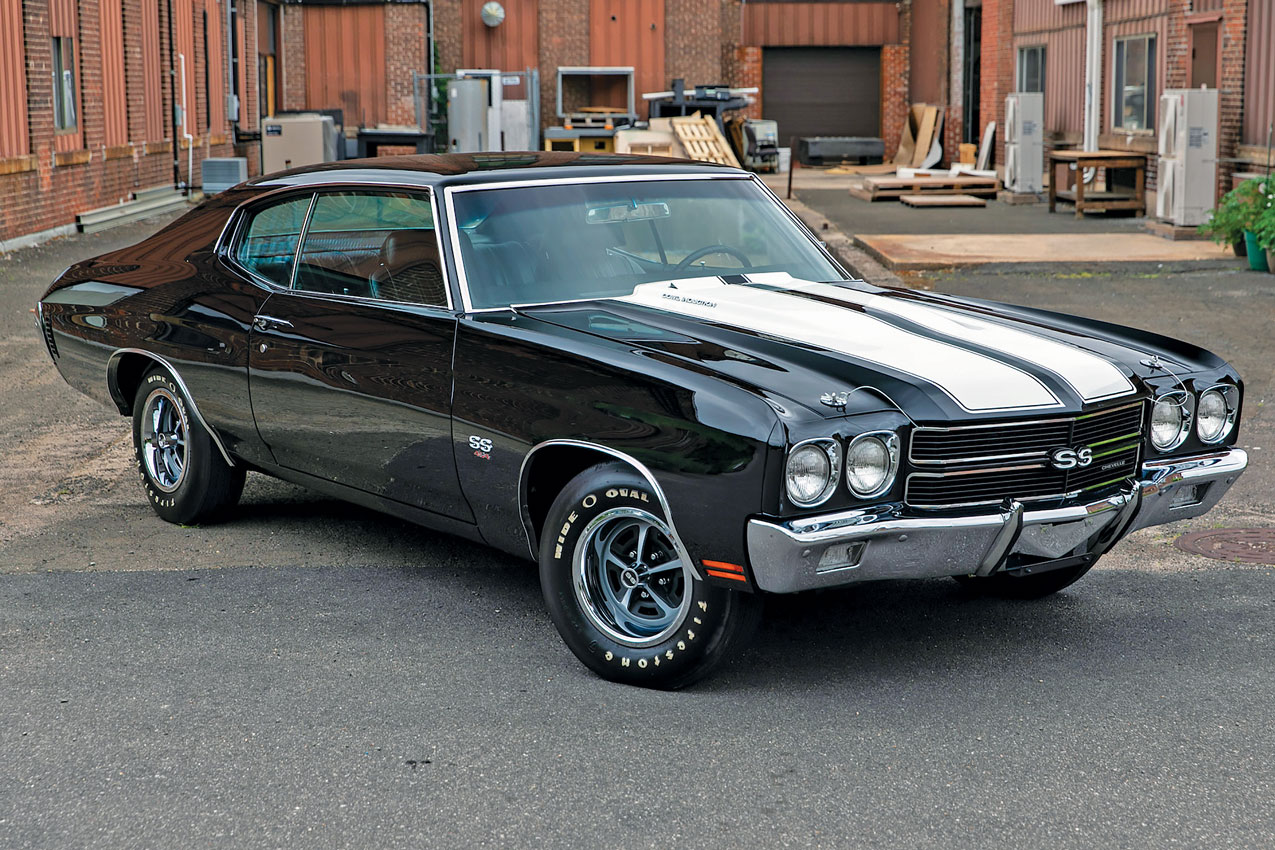
Specifications and Performance
- Engine: 7.4-liter OHV V-8
- Transmission: 3-speed automatic / 4-speed manual
- Drivetrain: Front engine, RWD
- Power: 450 hp
- Torque: 500 lb-ft
- 0-60 MPH: 4.8 seconds
- Quarter-mile time: 13.4 seconds
Unfortunately, 1970 marked the final year in which the Chevelle SS 454 boasted over 400 horsepower, as tightening emissions regulations began restricting muscle cars.
Just one year later, the same engine was detuned to 360 horsepower due to a lower compression ratio of 8.5:1. This makes the 1970 Chevelle SS 454 one of the last truly wild muscle cars of its era.
3. 1992 Dodge Viper RT/10
Top Speed: 166 MPH
Even the Dodge Viper has now reached an age where it can be considered a classic. The concept of a raw, no-frills sports car that captured the spirit of the 1960s Shelby Cobra was first conceived in 1989.
Key figures such as Bob Lutz, Roy Sjolberg, Lee Iacocca, and even Carroll Shelby collaborated to bring the vision to life.
The result was an alluring yet unforgiving machine one that lacked any form of driver assistance and was built with pure, unfiltered performance in mind.
With rear-wheel drive, a manual transmission, and a massive V-10 derived from a truck engine, it’s no surprise that many early Vipers met their demise shortly after being purchased.
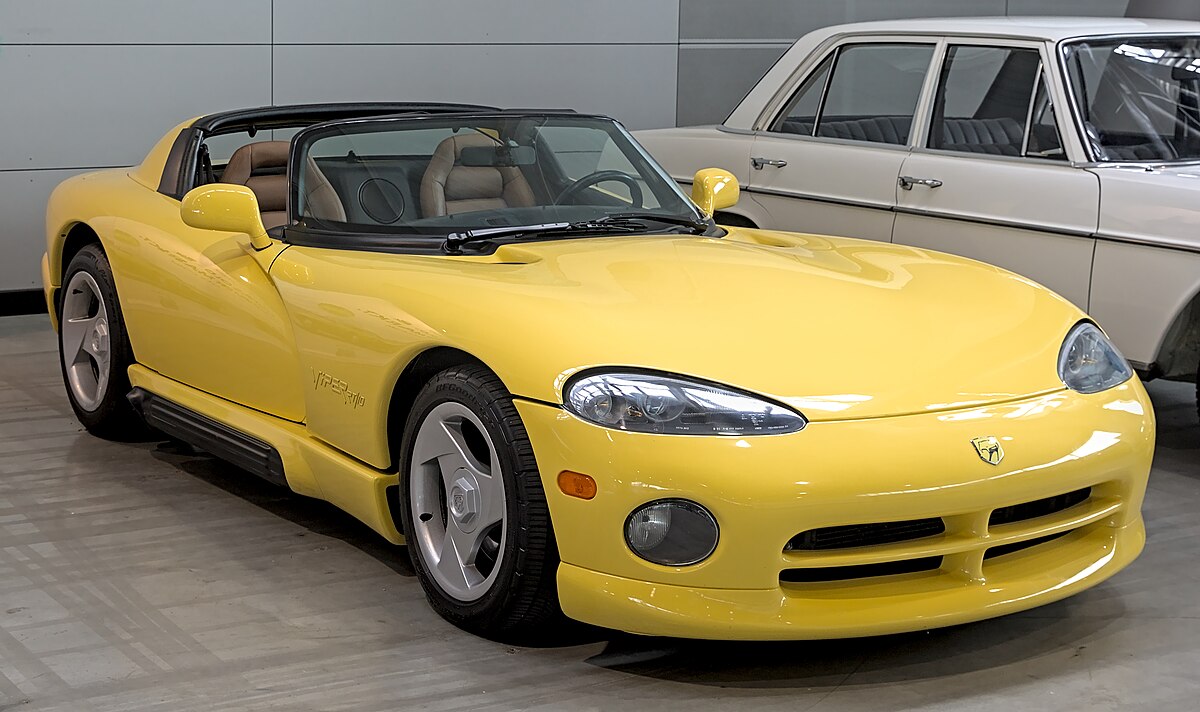
Specifications and Performance
- Engine: 8.0-liter OHV V-10
- Transmission: 6-speed manual
- Drivetrain: Front engine, RWD
- Power: 406-426 hp
- Torque: 465 lb-ft
- 0-60 MPH: 4.4 seconds
- Quarter-mile time: 12.5 seconds
At the time, Chrysler owned Lamborghini, and the Italian marque was tasked with recasting the entire engine in aluminum, as the original cast-iron block was excessively heavy.
While later generations of the Viper gradually became more refined, the car always demanded exceptional driving skills and total focus.
This only added to its mystique, a legacy reflected in its rising value regardless of model year.
2. 1965 Shelby Cobra S/C 427
Top Speed: 186 MPH
The Shelby Cobra may be classified as a sports car, but it pushed the muscle car formula to its absolute limits. Carroll Shelby racing driver, farmer, and engineer took the ultra-lightweight AC Ace and decided to equip it with a true American V-8 engine.
What initially began as a Ford small-block-powered AC Cobra eventually evolved into the utterly ferocious Shelby Cobra 427 S/C, where “S/C” stood for “Street and Competition.”
Even after being widened to accommodate its monstrous V-8, which was later shared with the Le Mans-winning Ford GT40, the Cobra remained astonishingly lightweight at just 2,282 pounds.
Specifications and Performance
- Engine: 7.0-liter OHV V-8
- Transmission: 4-speed manual
- Drivetrain: Front engine, RWD
- Power: 485 hp
- Torque: 480 lb-ft
- 0-60 MPH: 3.8 seconds
- Quarter-mile time: 12.3 seconds
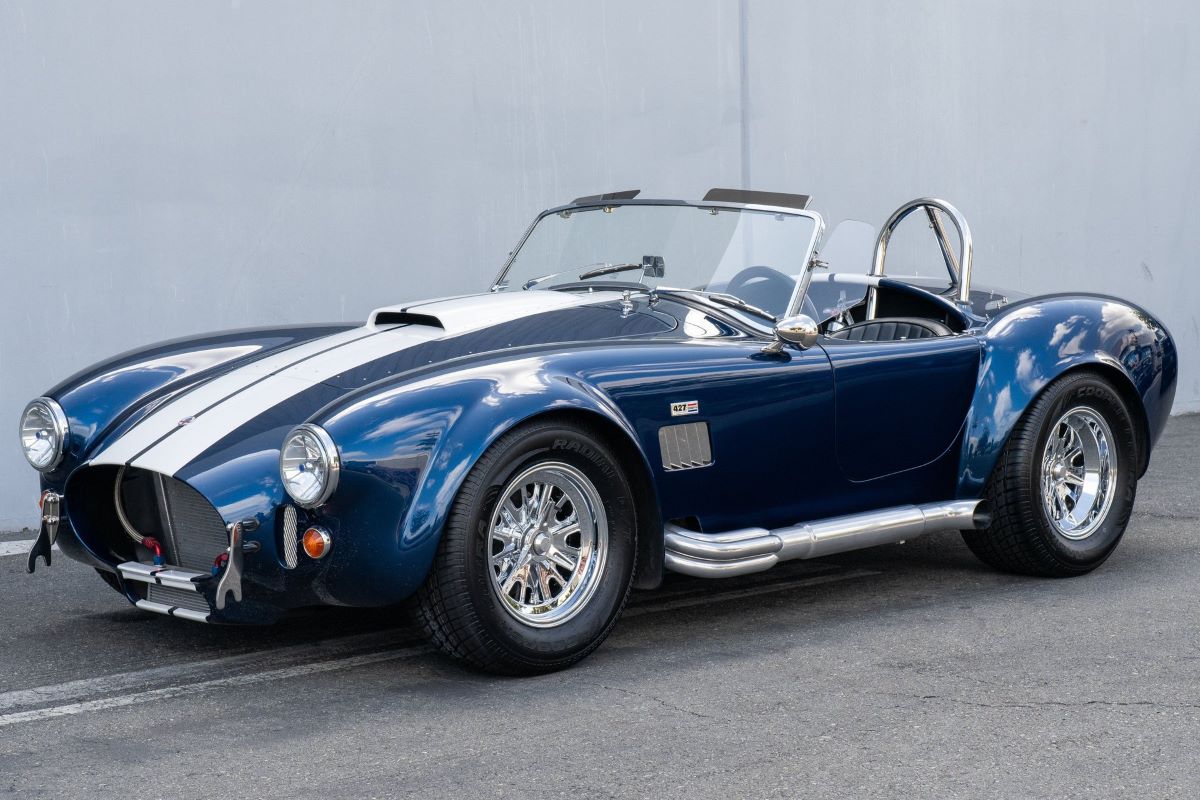
With a staggering power-to-weight ratio of 468.6 kilograms per ton (specific to the S/C 427 variant), the Shelby Cobra quickly gained a reputation as a “widowmaker,” much like the Porsche 930 Turbo.
And that’s before even mentioning the ultra-rare, twin-supercharged Shelby Cobra Super Snake.
Today, original Cobras command prices in the millions, making the Shelby Cobra one of the most frequently replicated cars in automotive history. Even Carroll Shelby himself revisited the model with later recreations.
1. 1967 Chevrolet Corvette L88 427
Top Speed: 194 MPH
When it comes to vehicles defined by their big-block V-8 engines, the Chevrolet Corvette L88 is often one of the first to come to mind for muscle car enthusiasts.
Zora Arkus-Duntov, known as the “father of the Corvette,” constantly experimented with new ways to enhance the car’s performance, leading to some of the most legendary versions of the American sports car.
One of these was the L88 Corvette a high-performance variant engineered to dominate the racetrack.
Specifications and Performance
- Engine: 7.0-liter OHV V-8
- Transmission: 4-speed manual
- Drivetrain: Front engine, RWD
- Power: 435 hp (claimed)
- Torque: 550 lb-ft
- 0-60 MPH: 3.9 seconds
- Quarter-mile time: 11.6 seconds
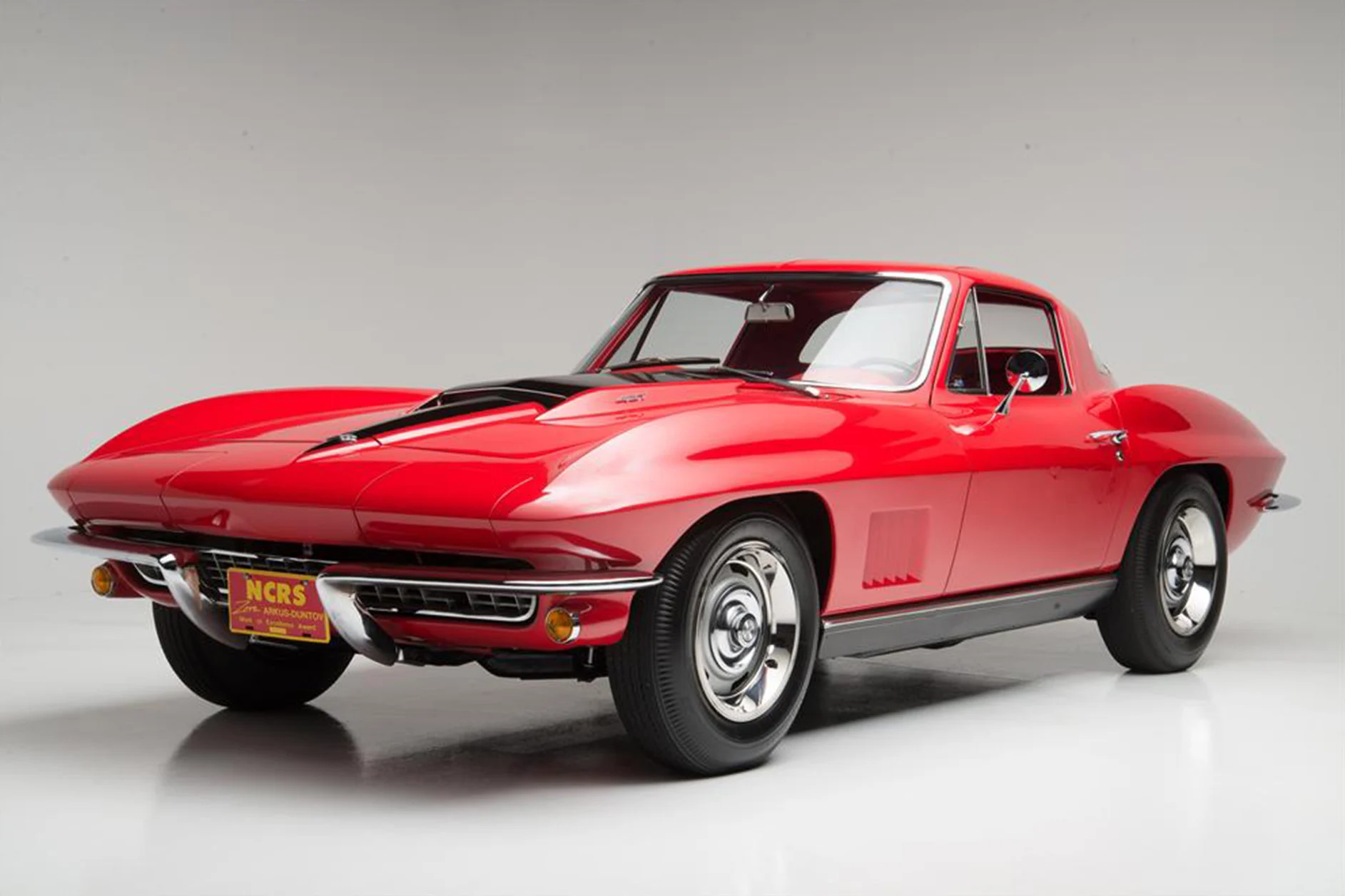
The modified 427 V-8 used in the L88 Corvette was significantly underrated, with some sources estimating it produced up to 580 horsepower about 150 horsepower more than its official rating.
This intentional underrating was meant to dissuade casual buyers, as the L88 Corvettes were produced in limited numbers and primarily intended for competitive racing.
Ultimately, only 216 L88 Corvettes were built, with just 20 of them being 1967 C2 models. In 1969, Chevrolet produced 80 C3 Corvettes with the L88 engine, followed by another 116 in 1970.
While numerous enthusiasts have modified Corvettes over the years creating unique builds like the C3 Corvette S/C Lightweight the L88 remains the pinnacle of factory-built, high-performance Corvettes, earning its title as the true “King of the Hill.”
Also Read: 10 Cars That Have the Best Sound Systems from the Factory for an Audiophile-Grade Experience

